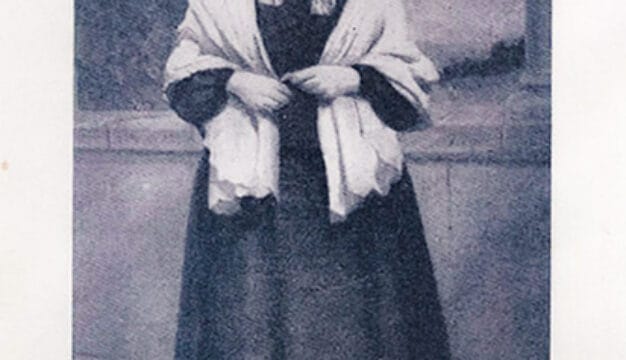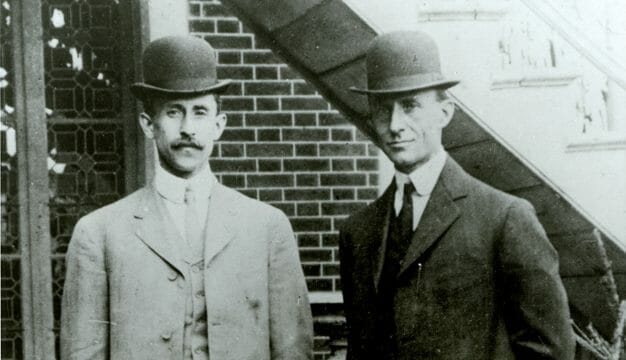Fairfield
The city of Fairfield is located in Jefferson County and is a suburb of Birmingham, lying to the southwest. Fairfield was originally a company town whose residents worked at the several steel processing and fabrication plants. It has a mayor/council form of government. Former federal judge U. W. Clemon, U.S. senator Doug Jones, and actor George Lindsey were born in Fairfield.
History
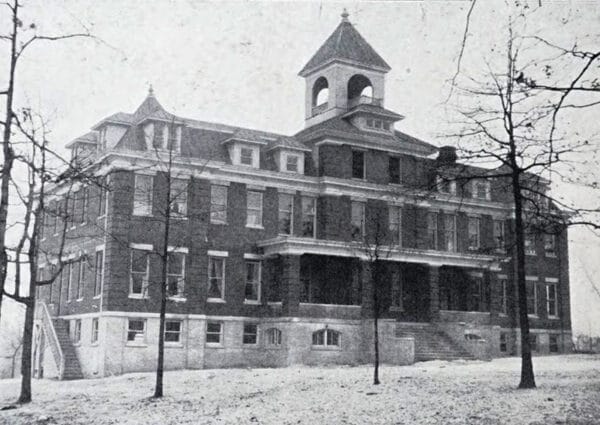 Miles Memorial College
The city now known as Fairfield was a planned company town, founded by United States Steel (U.S. Steel), which had purchased the Tennessee Coal, Iron and Railroad Company (TCI) in 1907. The purchase saved TCI from bankruptcy and closure. The town initially was named Corey, after U.S. Steel president William E. Corey. It was organized and built by Birmingham developer Robert Jemison Jr., who formed the Corey Land Company in 1909 and hired Boston landscape developer George H. Miller to design the space. Initial construction took place over the next two years, but additional phases of expansion would continue over the next several decades and encompass more than 2,100 acres.
Miles Memorial College
The city now known as Fairfield was a planned company town, founded by United States Steel (U.S. Steel), which had purchased the Tennessee Coal, Iron and Railroad Company (TCI) in 1907. The purchase saved TCI from bankruptcy and closure. The town initially was named Corey, after U.S. Steel president William E. Corey. It was organized and built by Birmingham developer Robert Jemison Jr., who formed the Corey Land Company in 1909 and hired Boston landscape developer George H. Miller to design the space. Initial construction took place over the next two years, but additional phases of expansion would continue over the next several decades and encompass more than 2,100 acres.
Originally designed for 15,000 individuals and situated on approximately 240 acres next to a new U.S. Steel plant, Corey was largely based on the layout of Gary, Indiana, and remains a leading example of a planned worker community in the South. It was also intended for a skilled and largely white workforce. Built on wide, tree-lined streets (nearly 30,000 trees and shrubs were planted around town and in parks), Corey’s early housing featured a variety of modern styles that were affordable for the various employee positions, with indoor plumbing and central heat, and that were available for rent or purchase. The community also featured easily accessible parkways, parks, playgrounds, athletic fields and tennis courts, churches, and a public library. Several buildings were adorned with ornate brickwork, and some streets were named for company executives and Alabama industrialists. In March 1911, Pres. Theodore Roosevelt spoke at Corey’s main plaza, praising U.S. Steel and TCI and developers for their collective vision. Prompted by William E. Corey’s highly publicized marital infidelities, however, U.S. Steel officials decided to rename the town Fairfield in 1913 after the Connecticut hometown of another U.S. Steel executive, James A. Farrell. It was incorporated on January 1, 1919. The Corey Land Company also became known as the Fairfield Land Company and continued to develop the town.
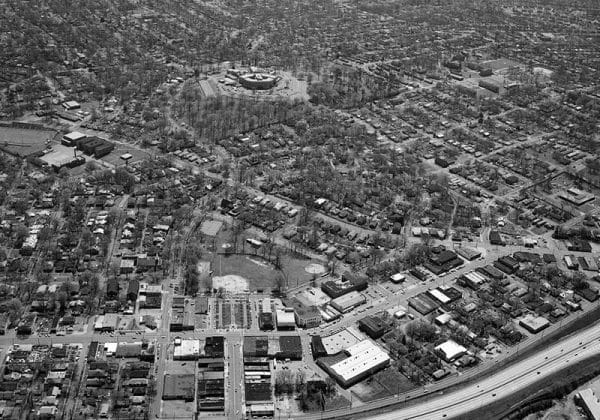 Aerial View of Fairfield, 1993
Fairfield expanded as steel-related manufacturing plants and other supporting industries located in the area. For example, American Steel and Wire Company, a U.S. Steel subsidiary, produced barbed wire, nails, and wire for telegraph and telephone lines at a plant in the area known as Opossum Valley, between Wylam and Dolomite. That subsidiary constructed many homes for superintendents and skilled workers. Unfortunately for the newly established residents, work on the plant was interrupted and was not completed until 1914. TCI’s Fairfield Steel Works was completed in 1917 and rolled steel ingots for Mobile‘s shipbuilding industry during World War I, leading to the construction of multifamily housing in the area to accommodate the influx of workers. Also in response to increased labor demands during World War I, TCI built a planned community, known as Westfield, for its lower-income unskilled black and immigrant workers. Former federal judge and Alabama’s first African American federal judge, U. W. Clemon, graduated from Westfield High School. This community no longer exists.
Aerial View of Fairfield, 1993
Fairfield expanded as steel-related manufacturing plants and other supporting industries located in the area. For example, American Steel and Wire Company, a U.S. Steel subsidiary, produced barbed wire, nails, and wire for telegraph and telephone lines at a plant in the area known as Opossum Valley, between Wylam and Dolomite. That subsidiary constructed many homes for superintendents and skilled workers. Unfortunately for the newly established residents, work on the plant was interrupted and was not completed until 1914. TCI’s Fairfield Steel Works was completed in 1917 and rolled steel ingots for Mobile‘s shipbuilding industry during World War I, leading to the construction of multifamily housing in the area to accommodate the influx of workers. Also in response to increased labor demands during World War I, TCI built a planned community, known as Westfield, for its lower-income unskilled black and immigrant workers. Former federal judge and Alabama’s first African American federal judge, U. W. Clemon, graduated from Westfield High School. This community no longer exists.
In 1919, TCI constructed an employees’ hospital that was quite modern by the day’s standards; in 1950, it was renamed the Lloyd Noland Hospital for the first superintendent of the company’s health department and the hospital’s early champion. The facility was later donated to Jefferson County, bought by HealthSouth, and demolished in 2009. Miles College now owns the 41-acre property.
Fairfield expanded further in the 1920s. TCI constructed a sheet-metal mill and added new blast furnaces, and developer Jemison built additional segregated housing for the new black and white workers. Also in that decade, Fairfield High School and Fairfield Industrial High School were established for whites and blacks, respectively. Fairfield Industrial High graduates include Major League star Willie Mays and Birmingham mayor Richard Arrington Jr. (his father worked for TCI), and Angelina Rice, mother of Condoleezza Rice, was employed there as a science teacher.
Like other industrial towns in Alabama, Fairfield suffered during the Great Depression, but TCI divided its much-reduced workload among employees, trying to keep as many as possible on the payroll. As the nation geared up to enter World War II, TCI increased production and also expanded operations and built a new blast furnace in Fairfield in 1939. A city hall was constructed in 1945 with Works Progress Administration funds, and the town’s population would continue to expand into the 1950s. As the steel industry began to decline, with plant closures, production slowdowns, and stoppages over the following decades, Fairfield’s population fell as well. Construction of Interstates 20 and 59 in the 1960s and 1970s required the demolition of the northern edge of Fairfield’s residential section closest to the steel plant.
Fairfield still retains some of its industrial roots, however. Hanna Steel Corporation built a manufacturing facility in 1983, and Fairfield Tubular Operations remains in operation, producing raw steel and manufacturing tubular steel products. It is one of the largest remaining steel operations in the South.
Demographics
According to 2020 Census estimates, Fairfield recorded a population of 10,749. Of that number, 92.3 percent identified themselves as African American, 5.4 percent as white, 2.0 percent as two or more races, and 1.1 percent as Hispanic or Latino. The city’s median household income was $41,439, and per capita income was $21,052.
Employment
According to 2020 Census estimates, the workforce in Fairfield was divided among the following industrial categories:
- Educational services, and health care and social assistance (28.8 percent)
- Arts, entertainment, recreation, and accommodation and food services (17.8 percent)
- Finance, insurance, and real estate, rental, and leasing (11.2 percent)
- Professional, scientific, management, and administrative and waste management services (8.9 percent)
- Manufacturing (8.7 percent)
- Retail trade (7.1 percent)
- Transportation and warehousing and utilities (6.0 percent)
- Other services, except public administration (4.8 percent)
- Public administration (3.4 percent)
- Construction (2.0 percent)
- Information (1.0 percent)
- Wholesale trade (0.4 percent)
- Agriculture, forestry, fishing and hunting, and extractive (0.1 percent)
Education
Public education in Fairfield is administered by the Fairfield City School District. It oversees three K-5 elementary schools, one 6-8 middle school, a 9-12 preparatory high school, a 10-12 grade vocational school, and a K-12 alternative school. The historically Black Miles College and Miles Law School are located in Fairfield.
As a suburb of Birmingham, Fairfield is close to some of the state’s major institutions of higher learning, including University of Alabama at Birmingham, Samford University, and Birmingham-Southern College. In addition, the Birmingham School of Law, Jefferson State Community College, and Lawson State Community College provide other educational opportunities in the vicinity. Southeastern Bible College, a nondenominational four-year college, is now part of the multistate Carolina University.
Transportation
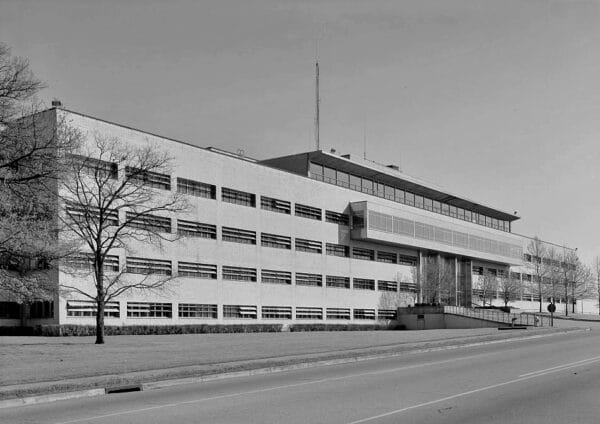 Flintridge Building
Fairfield is accessed and largely bounded in the north by Interstates 20 and 59, which connect Birmingham with Atlanta and Chattanooga in the east and northeast, respectively, and Mississippi in the west. It is also accessed and bounded by U.S. Route 11 and State Route 5 to its south. Fairfield is served by three railroads: CSX Transportation, Inc., the Norfolk Southern Railway, and the Birmingham Southern Railroad. The closest airport is Birmingham-Shuttlesworth International Airport, some 15 miles to the northeast.
Flintridge Building
Fairfield is accessed and largely bounded in the north by Interstates 20 and 59, which connect Birmingham with Atlanta and Chattanooga in the east and northeast, respectively, and Mississippi in the west. It is also accessed and bounded by U.S. Route 11 and State Route 5 to its south. Fairfield is served by three railroads: CSX Transportation, Inc., the Norfolk Southern Railway, and the Birmingham Southern Railroad. The closest airport is Birmingham-Shuttlesworth International Airport, some 15 miles to the northeast.
Events and Places of Interest
Fairfield City Park features athletic fields and tennis courts, and the city oversees a community center. On the National Register of Historic Places are the Flintridge Building (1951), a former headquarters of TCI; the Miles Memorial College Historic District; and Parham Apothecary Building (ca. 1925). Fairfield’s proximity to Birmingham also provides numerous diversions for residents.
Additional Resources
Atkins, Leah Rawls. The Valley and the Hills: An Illustrated History of Birmingham and Jefferson County. Woodland Hills, Calif.: Windsor Publications, 1981.
Jefferson County Heritage Book Committee. The Heritage of Jefferson County. Clanton, Ala.: Heritage Publishing Consultants, 2002.
Lewis, David W. Sloss Furnaces and the Rise of the Birmingham District: An Industrial Epic. Tuscaloosa: University of Alabama Press, 1994.
White, Marjorie Longenecker. The Birmingham District, An Industrial History and Guide. Birmingham: Birmingham Historical Society, 1981.
